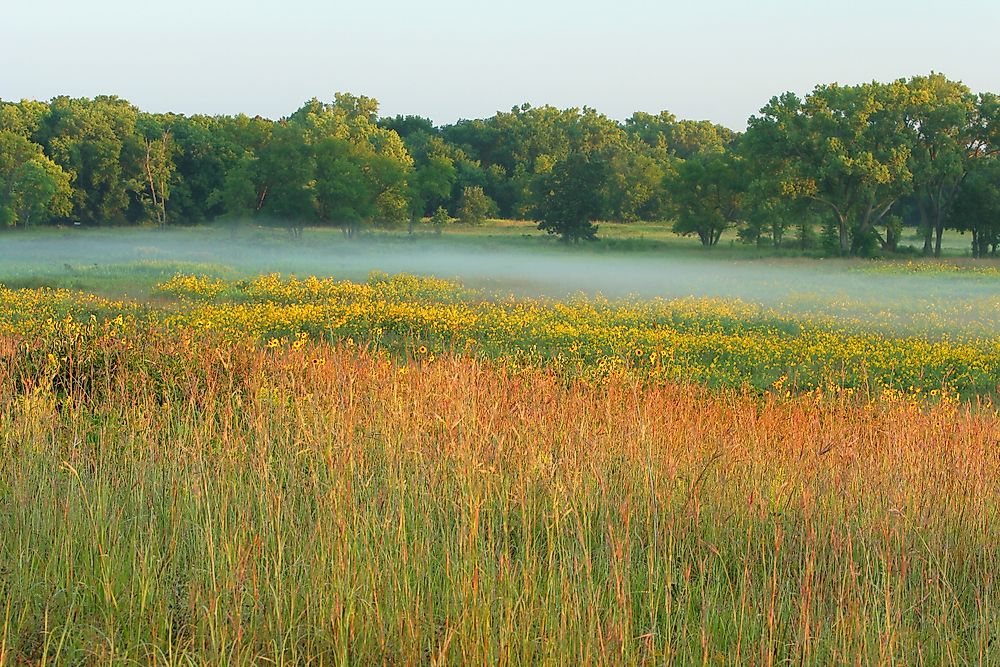Homestead National Monument - Unique Places in North America

Homestead National Monument is a part of the American National Park System, which acts as the governing body of the area. It is located in Gage County, Nebraska and covers about 211 acres of land. The site was created in 1936 after it legislation to create the park was passed into law. The main purpose of the site is to honor the passage of the 1862 Homestead Act.
Tourism to the Site
According to the most recent report from the National Park Service (NPS), Homestead National Monument saw 87,755 visitors in 2016, ranking 246 among the 374 sites in terms of recreations visits. Among the sites to see are Palmer-Epard Cabin, which was originally built in 1867 and served as the home to the two families it is named after for over 60 years. After serving as a grain storage site, it was gifted to the park in 1950.
The Freeman School was in use from 1872 until 1967, which gives it the distinction of having been the longest serving one-room school in the state. It was also used as a church, polling site and community center for various events, as well as being at the center of a 1902 Nebraska Supreme Court case (Freeman v. Scheve, et al.) over the separation of church and state. Since being made part of the site, the school has been restored to look like it did when it first opened.
In 2007, the Homestead Heritage Center was dedicated as part of the site. By using its various exhibits, it helps visits to learn the effects that the Homestead Act had on agriculture and immigration to its effects on Native Americans and the government's federal land policy.
Why Is Homestead National Monument Unique?
Homestead National Monument is unique as the site is located on some of the first acres of land that were successfully claimed under the aforementioned Homestead Act. The act allowed any qualified persons to take as much as 160 acres of land owned by the federal government. In exchange for this, those claiming the land had to put in five years on their residence, as well as cultivate and improve their property. This was the first of several such acts, with eventually led to 1.6 million individual claims being approved, making up around 420,000 square miles of land.
Habitats in and Threats to Homestead National Monument
Homestead National Monument features around 100 acres of tallgrass prairie that was once abundant through the Great Plains but was almost made extinct by the mass arrival of the homesteaders. For more than 60 years the tallgrass prairie that has been restored and managed by the National Park Service. This makes Homestead the oldest such site managed by the NPS for restoring tallgrass.
The area also features the rare presence of woodland and creek ecosystems, with Cub Creek providing the latter as it runs through the land. Controlled burns are done by the NPS at the site to keep the tallgrass in check and ensure a diverse mixture of plants. Water quality tests are done often at Cub Creek to monitor the possible threat of contamination from herbicides or other contaminants. Non-native species in the park are also monitored to make sure they do not pose a threat or become too large in numbers.











